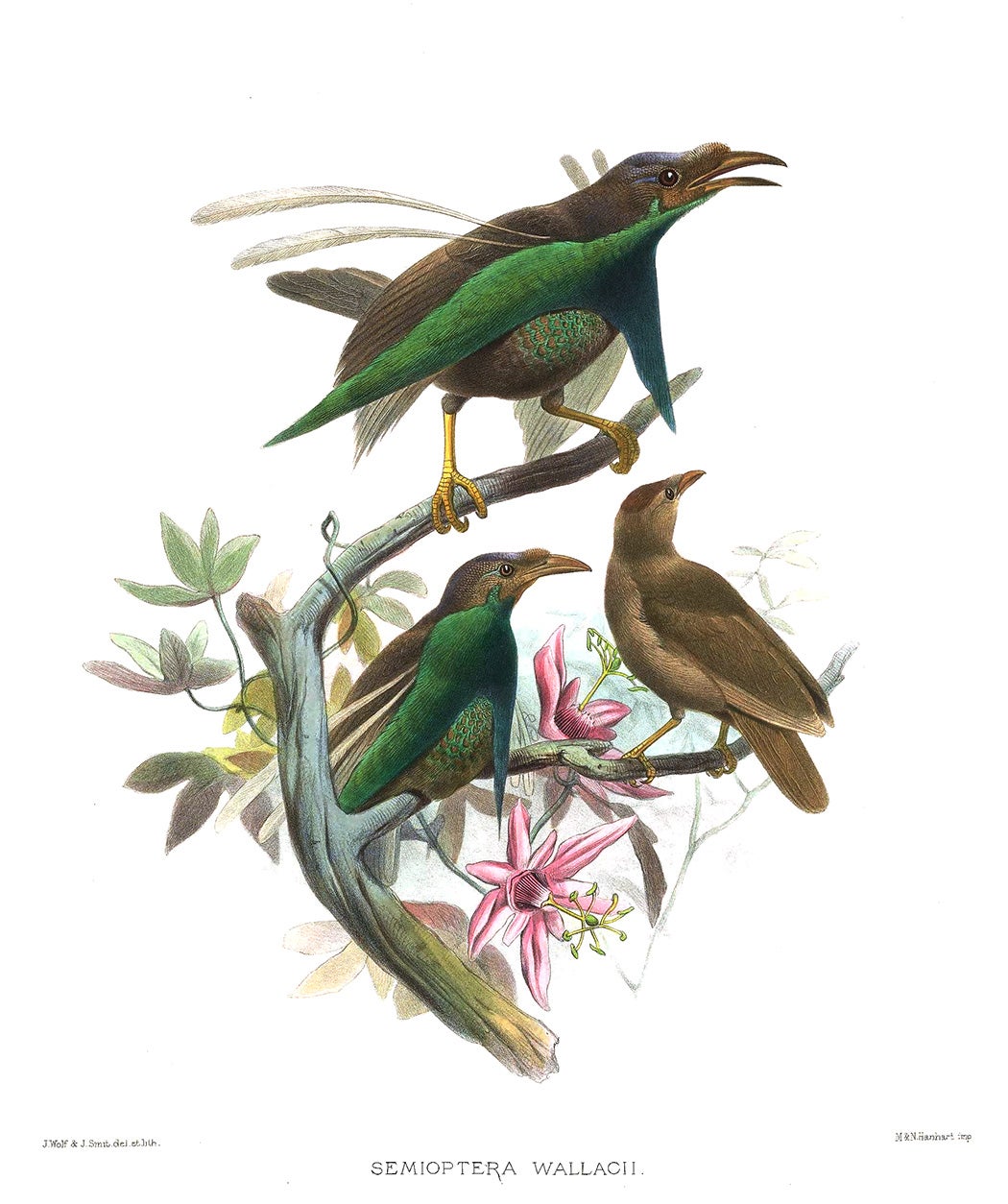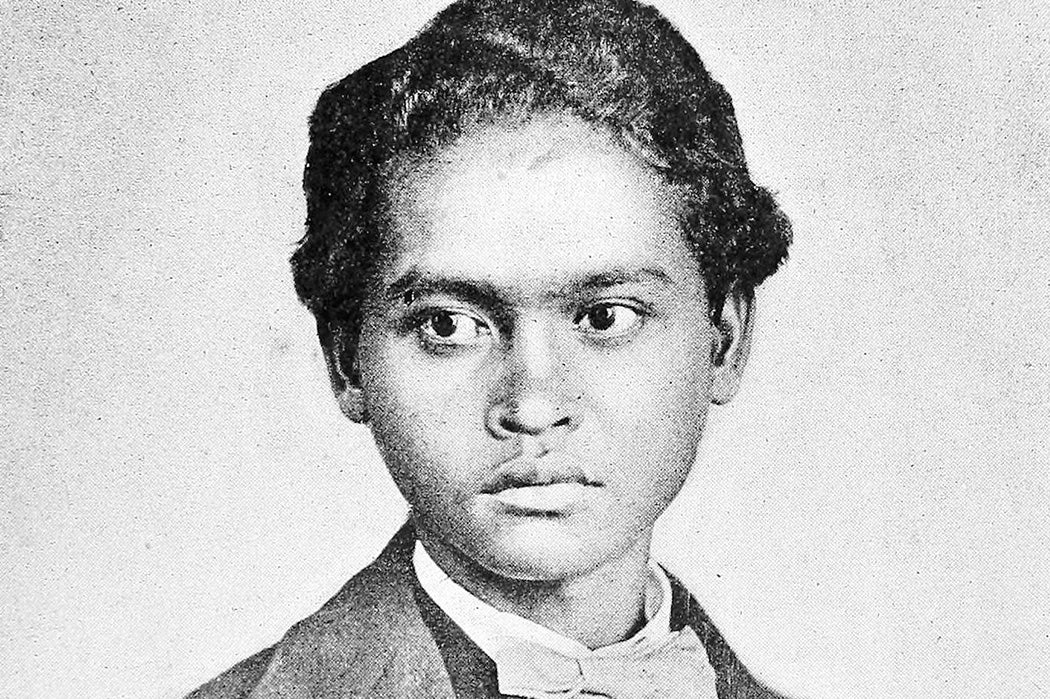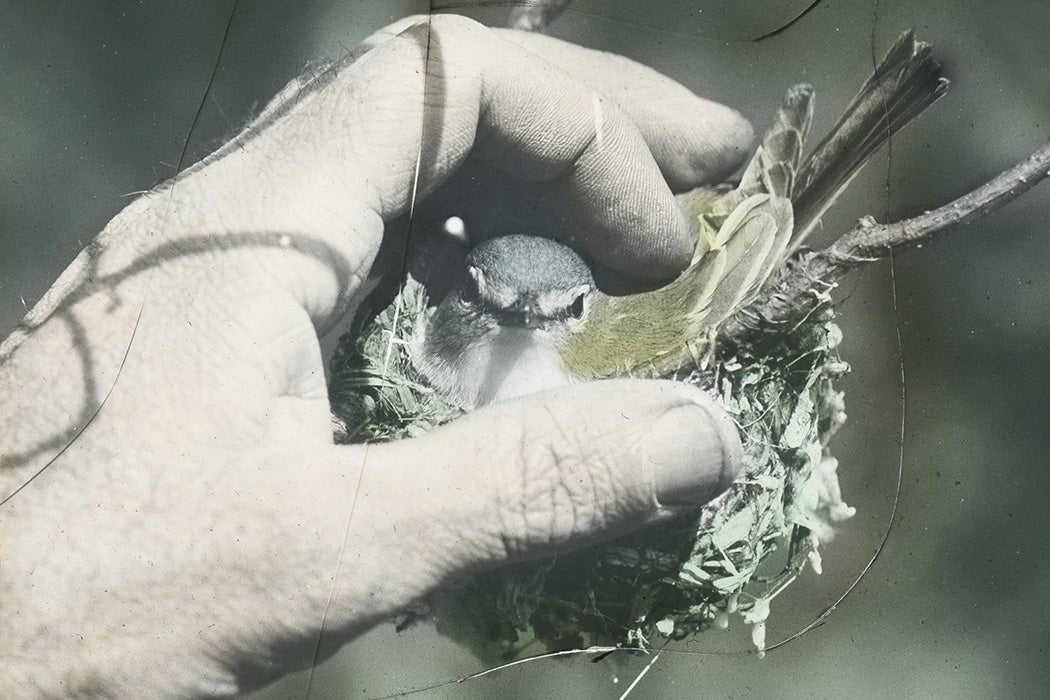This year marks the bicentennial of the birth of Alfred Russel Wallace, explorer, naturalist, and co-developer of the theory of evolution by natural selection. Wallace was self-effacing about his fundamental contributions to evolution—he even titled his major book on the subject Darwinism—but it was mostly his whole-hearted support for spiritualism, and his interests in socialism, radical land redistribution, women’s rights, and other causes and fads that dimmed or diluted his scientific reputation after his death in 1913.
He’s since regained his solid place in the history of science. A new biography by James T. Costa, Radical By Nature; The Revolutionary Life of Alfred Russel Wallace, is only the most recent of major studies of his life and work, quirks and all.
Wallace’s historical revival has radiated outwards to those with whom he worked. Take the case of Sarawak teenager Ali, initially hired by Wallace as a servant and cook. For seven of the eight years between 1854 and 1862 that Wallace traveled around the Malay Archipelago, Ali ended up being the actual collector of most of the birds (approximately 5,000 of the total 8,000) in Wallace’s collection of 125,000 natural history specimens, many of them new to science.
Scholars John van Wyhe and Gerrell M. Drawhorn trace what’s known about Ali, putting Wallace’s achievements in the context of the local help he received and the colonial networks that eased his way. Even in an archipelago, no explorer is an island: hundreds of locals and dozens of Europeans worked with Wallace during his epic trip. Ali was hands-down the standout for tenure of employment, achievement, and bonding with Wallace.
In his biography, Wallace wrote that he hired Ali in 1855 as a personal servant “and also to help me to learn the Malay language by the necessity of constant communication with him.” But with the plethora of collecting opportunities, Wallace needed a reliable right-hand gun. Wallace wrote in his autobiography that Ali
soon learnt to shoot birds, to skin them properly, and latterly even to put up the skins very neatly. Of course, he was a good boatman, as are all Malays, and in the difficulties or dangers of our journeys he was quite undisturbed and ready to do anything required of him.
Ali was Muslim, about fifteen years old when hired, and had “grown up on and around boats,” write van Wyhe and Drawhorn. Together, Ali and Wallace braved fevers, pirates, monsoon downpours, ant invasions (collections had to be especially safe-guarded against this tiny marauders), at least one tiger, giant snakes, and the threat of head-hunters. Sometime during 1859, Ali married a woman on Ternate, though there is little detail about this.

We do know that in October 1858, Ali shot a spectacular bird-of-paradise on Batchian. It was an unknown species, eventually named… Semioptera wallacii, or Wallace’s Standard Wing. As van Wyhe and Drawthorn note, tradition held that the attributed collector of an expedition was the expedition’s leader, no matter if the actual collector was an assistant like Ali. Wallace’s assistant Charles Allen didn’t get formal credit, either.
When Wallace returned to Britain in 1862, he gifted Ali with money, guns, ammunition, and sundry other tools. This is when the only photo of Ali was taken; the original is in the Natural History Museum in London.
Weekly Newsletter
Nothing more was heard about Ali after that until 1907, when American zoologist Thomas Barbour met an “old Malay” on Ternate who introduced himself as “Ali Wallace.” Barbour was thrilled. He consulted with Ali about local fauna and wrote to Wallace about the encounter. Van Wyhe and Drawhorn think Barbour may have mistranslated Ali’s meaning: they think it unlikely that Ali adopted “Wallace” as a surname (surnames weren’t used by Malays), but that he meant something like “I’m the Ali who was with Wallace.”
“In addition to all of the birds shot or procured by Ali,” they write, “there must be many hundreds, perhaps thousands, of bird skins in museums in the UK and Europe that were prepared by Ali. Although this work is ‘unsigned,’ it remains an enduring legacy of his work.”
The partnership of Ali and Wallace was recently memorialized with a statue at the Lee Kong Chian Natural History Museum of the National University of Singapore.
Bird Watcher
Editor’s Note: This article was amended to clarify the number of birds Ali collected for Wallace.








